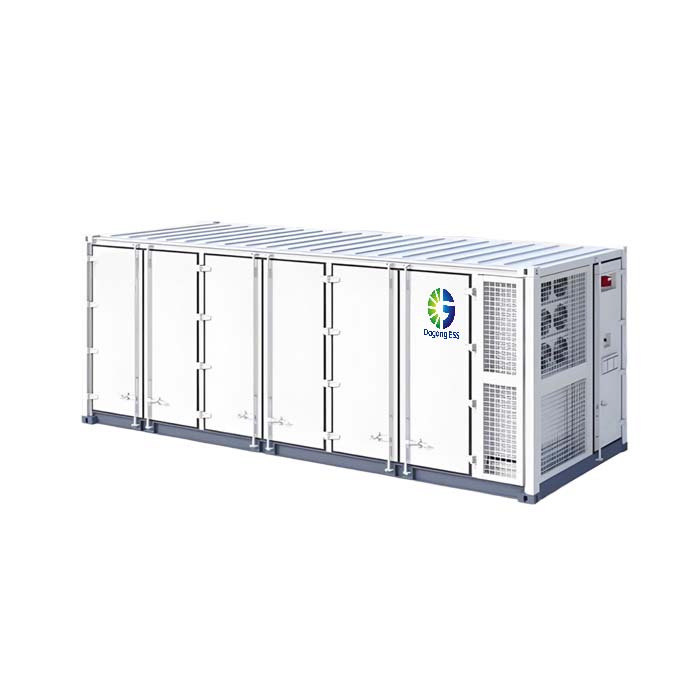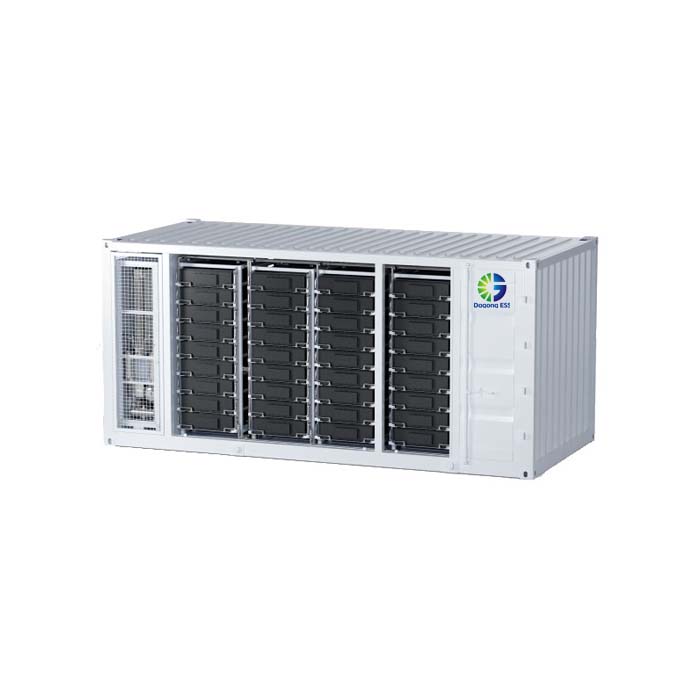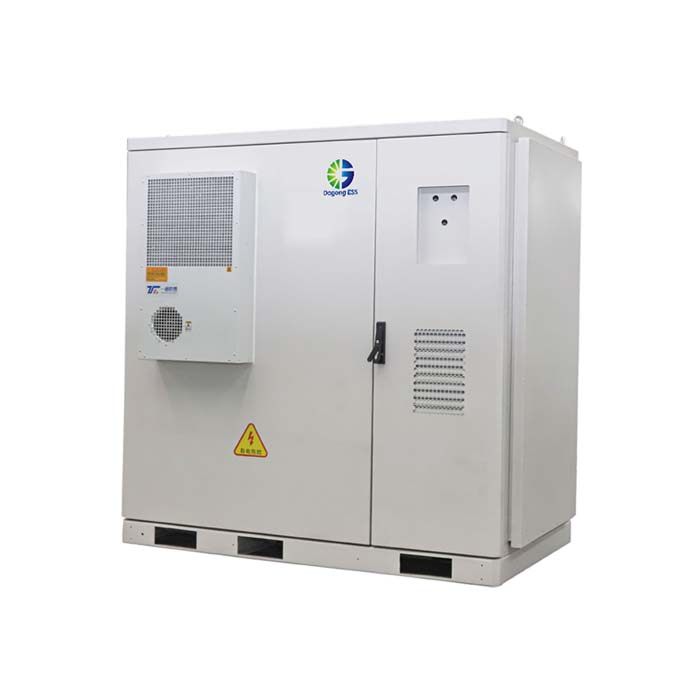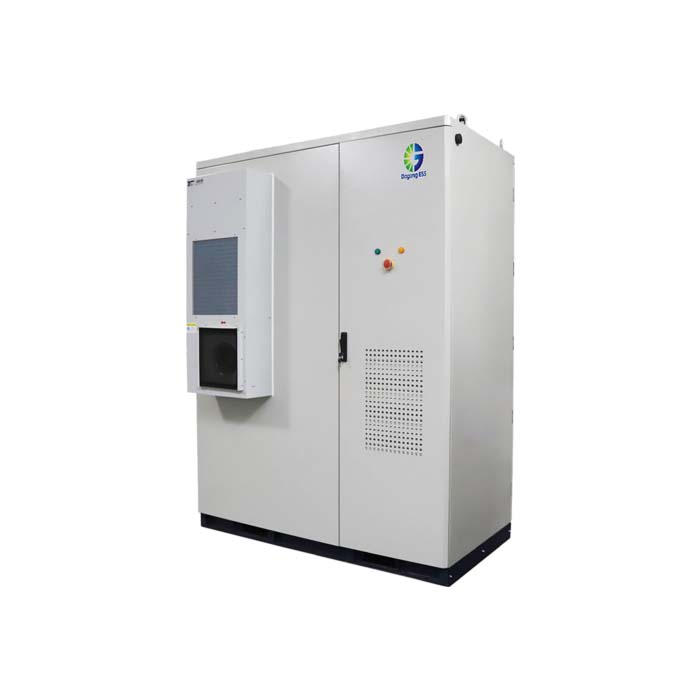Grid Frequency and Peak Load Regulation with Energy Storage Systems
What is Grid Frequency and Peak Load Regulation?
Grid frequency regulation and peak load regulation refer to the ability of power systems to maintain a stable frequency (typically 50Hz or 60Hz) and balance supply-demand during peak and off-peak periods. Energy Storage Systems (ESS) play a vital role by instantly absorbing or releasing electricity, thus stabilizing the grid, reducing stress on generation assets, and enabling the integration of renewable energy sources.
Types of Energy Storage for Grid Regulation
Battery Energy Storage Systems (BESS): The most common form, using Lithium Iron Phosphate (LFP) batteries due to their safety, long life, and fast response time.
Flywheel Storage: Provides high-speed frequency regulation with short duration support.
Pumped Hydro Storage: Suitable for long-duration energy shifting, mainly for large-scale peak shaving.
Compressed Air Energy Storage (CAES): Suitable for long-term applications but limited by geographical constraints.
Features of ESS for Grid Regulation
Fast Response Time: Millisecond-level activation ensures quick frequency corrections.
Two-Way Operation: Charge during surplus energy periods, discharge during demand spikes.
Scalability: From residential units to utility-scale installations.
Intelligent Control: AI-based dispatch systems optimize timing and efficiency.
Low Maintenance: Especially true for LFP-based BESS.
Applications of Grid Regulation ESS
Grid Frequency Stabilization: Instant correction of frequency deviations.
Peak Load Shaving: Reduce grid demand during high-consumption periods.
Renewable Integration: Smooth output fluctuations from solar or wind energy.
Ancillary Services: Participate in electricity markets for frequency response and capacity reserves.
Microgrids and Islanded Systems: Maintain power quality and grid autonomy.
Price of Grid Regulation ESS
The cost of an Energy Storage System for frequency and peak regulation varies based on capacity (kWh/MWh), power (kW/MW), system type, control software, and integration complexity. Prices are generally quoted under international trade terms such as EXW, FOB, or CIF.
To receive a personalized quote based on your project location and requirements, please consult your supplier directly.
How to Select the Right ESS for Your Project?
Define Application: Frequency regulation, peak shaving, or both.
Evaluate Load Profile: Analyze energy consumption patterns.
Check Grid Compatibility: Ensure compliance with local grid standards.
Choose Cooling Type: Air-cooled for simplicity; liquid-cooled for higher capacity and performance.
Consider AI Dispatch Needs: For real-time automated energy trading or grid services.
Verify Safety and Certification: Ensure the system meets IEC, UL, or other regional standards.
How Long Does Grid Regulation ESS Last?
Lithium Iron Phosphate (LFP) battery-based ESS typically lasts 6,000 to 10,000 cycles, translating to about 10–15 years depending on usage depth and operational conditions. With regular maintenance and smart BMS (Battery Management Systems), performance degradation can be minimized.
The Supplier of Grid Regulation ESS
Dagong ESS is a professional manufacturer of high-performance energy storage systems based in China. Their product range includes:
Commercial & Industrial ESS Cabinets (100–215kWh)
Residential Systems (5–80kWh)
Integrated ESS + EV Charging Solutions
Air-Cooled and Liquid-Cooled Systems for Global Grid Standards
With advanced system integration, intelligent dispatch capabilities, and global project experience, Dagong ESS provides tailor-made solutions for both frequency regulation and peak shaving needs.
📩 For inquiries, contact us at: sales@dagongess.com
🌐 Website: www.dagongess.com








